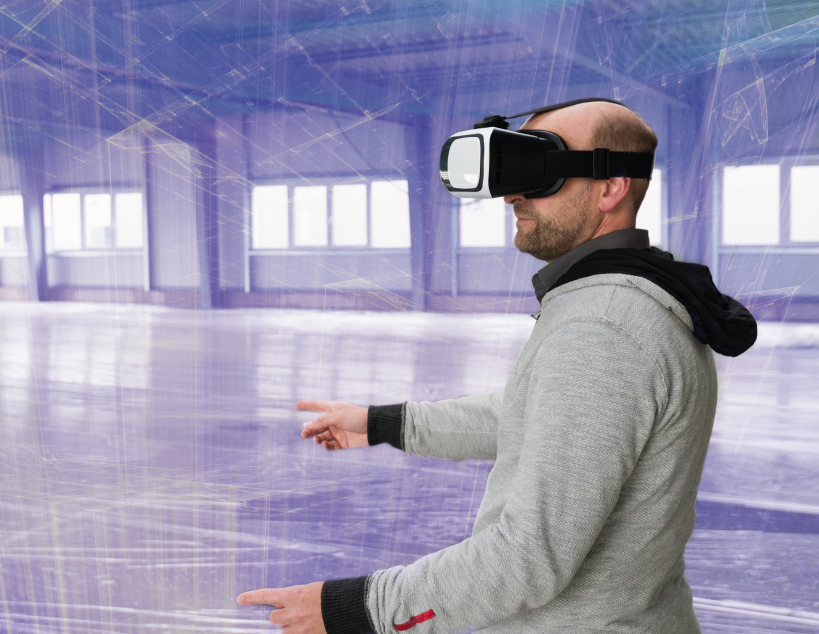Call us biased, but we think the construction industry is a pretty exciting thing to be a part of.
When it comes to technological advancements, it’s up there with having some of the coolest inventions around. According to PwC’s 2017 report, the volume of construction will grow by 85 per cent by 2030 – and new technology is the key to achieving this.
Nerd-alert: here are some of BOB’s favourite examples of new technology hitting up the construction industry.
Machine control
We have GPS in our cars showing us where to go, so why not in your diggers?
Well, now you can. Machine control systems use GPS to measure the position of a digger’s bucket via a receiver antenna. Accurate information on the bucket’s position is then sent directly to a screen in the cab – just like a sat nav. By loading up a 3D model of the site onto the same in-cab monitor, drivers can dig to specific, pre-set measurements in line with the design plan. Et voila! No over-digging, easier cutting and more precise grading.
Virtual reality
VR has been pretty revolutionary in the gaming scene, helping bring make-believe to reality. It’s now also making waves in the construction industry too! Unfortunately this doesn’t mean you’ll be playing first person shooters on site, but, with the help of VR, you could bring your builds to life and virtually explore them before they’re even constructed. Pretty neat, huh?
Thermal imaging
Technically, thermal imaging has been around for a while now but, thanks to some snazzy innovation, you can now add it to your smartphone which has some seriously cool advantages for builders. For example, like trying to locate a leak non-intrusively or making sure a building is properly insulated.
Unmanned Aerial Vehicles (UAVs)
Also known as drones, UAVs are a game-changer for the construction industry. These miniature aircrafts are piloted via a remote-control and have on-board cameras so can capture HD imagery from 120m above ground. In the construction world, they’re proving pretty useful. From site surveys and inspections, to recording as-built data and even giving virtual walk-arounds, the possibilities are endless.


